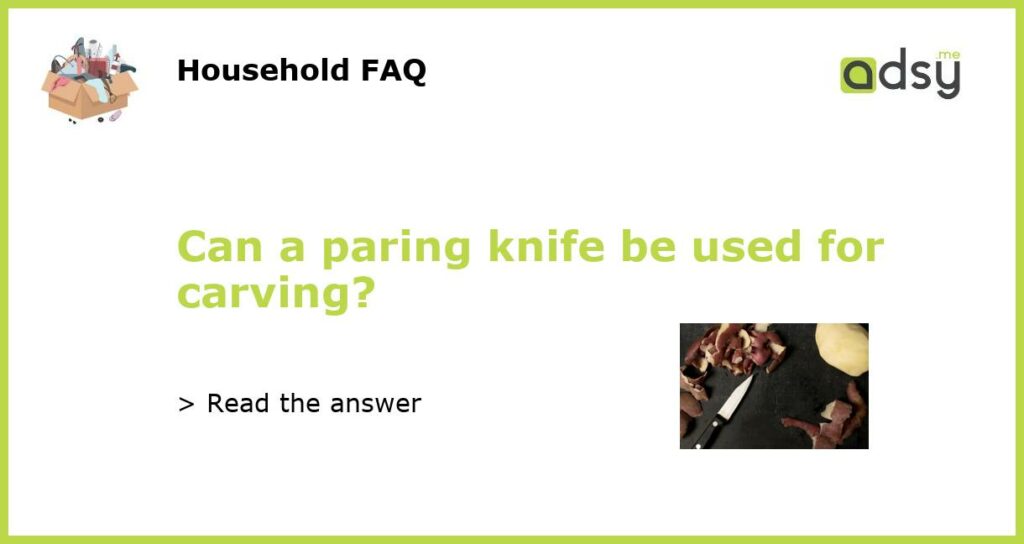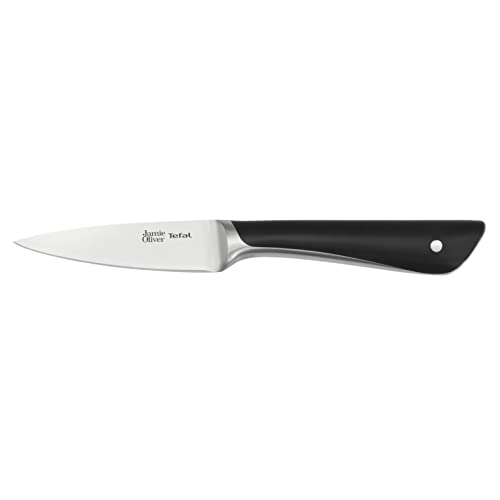Using a Paring Knife for Carving: Yes or No?
Many people wonder whether a paring knife can be used for carving various types of foods. Let’s take a closer look at the uses and limitations of a paring knife for carving, to determine whether it is a suitable tool for this purpose.
The Purpose of a Paring Knife
A paring knife is a small, versatile knife typically used for peeling and trimming fruits and vegetables. Its thin, sharp blade allows for precise cutting and intricate work. It is designed to perform delicate tasks such as removing the skin from an apple or making decorative cuts in food.
Carving with a Paring Knife
While a paring knife is primarily intended for peeling and trimming, it can also be used for certain carving tasks. The thin blade of a paring knife provides excellent control and maneuverability, making it suitable for carving small and intricate designs in certain foods.
For example, you can use a paring knife to carve decorative patterns in fruits and vegetables, such as watermelons, pumpkins, or cucumbers. It can also be used for making small incisions in meat or poultry, such as scoring the skin of a chicken before roasting.
Limitations of a Paring Knife for Carving
While a paring knife can be used for carving to some extent, it does have its limitations. Its small size and thin blade make it less suitable for carving larger and denser foods, such as whole turkeys or roasts. Attempting to carve large cuts of meat or thick-skinned fruits with a paring knife can be challenging and inefficient.
In addition, the delicate nature of a paring knife can make it prone to damage or breakage when used for heavy-duty carving. The thin blade is not designed to withstand the force required to carve through dense or tough materials. Using excessive force or twisting motions can result in blade damage or injury.
Choosing the Right Knife for Carving
While a paring knife can be used for certain carving tasks, it is generally more effective to use a dedicated carving knife for larger and tougher foods. A carving knife typically has a longer and thicker blade, which allows for easier and more efficient slicing and carving of larger cuts of meat, poultry, or fruits.
If you frequently find yourself needing to carve larger or denser foods, investing in a quality carving knife is highly recommended. Not only will it make the task easier and more efficient, but it will also reduce the risk of injury or damage to your kitchen tools.
In conclusion, while a paring knife can be used for carving certain foods, it is not the most suitable tool for larger or tougher carving tasks. Its small size and delicate nature make it better suited for peeling, trimming, and performing intricate cuts. For more efficient and effective carving, especially with larger cuts of meat or poultry, a dedicated carving knife is a better choice.






